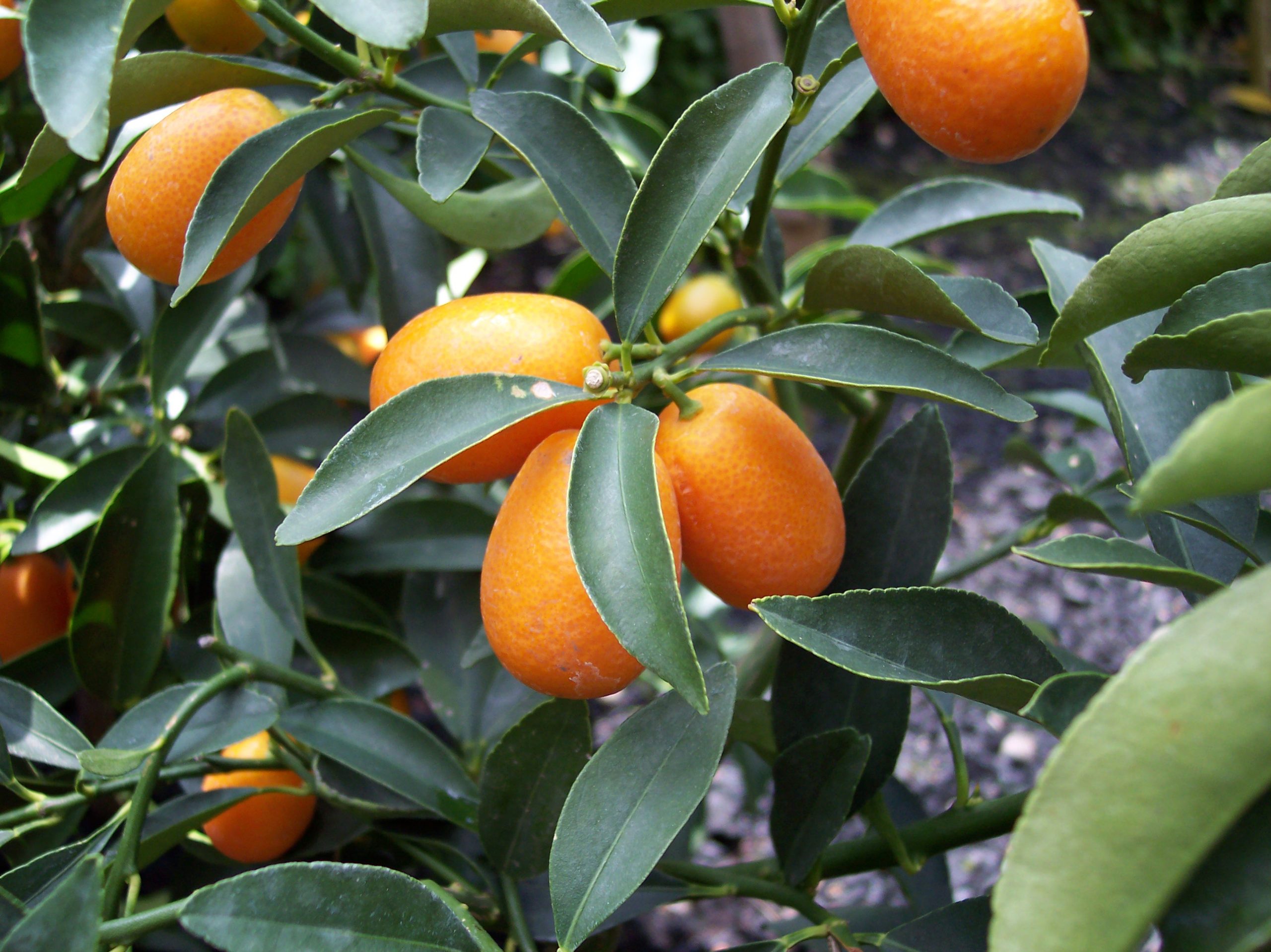Fortunella, commonly known as Kumquat, is a delightful addition to any home or garden. Known for its small, sweet yet tart fruits, Fortunella belongs to the Rutaceae family and originates from Southeast China and Japan. Whether you are a seasoned gardener or a beginner, caring for Fortunella can be a rewarding experience despite some complexities.
Understanding the Nature of Fortunella
In its natural habitat, Fortunella can reach a height of up to 3 meters, though when grown domestically, it typically forms more compact shapes. Often grafted onto rootstocks, this perennial plant can thrive for over a decade when given the right conditions. Known for its average growth rate, Fortunella is capable of becoming a long-term companion in your home.
Ideal Environmental Conditions
Like many citrus plants, Fortunella demands specific environmental conditions to flourish. During summer, this plant thrives in warm temperatures, while it prefers a cooler climate in winter, ranging from 46.4 to 50 °F. Humidity is crucial, particularly in the summer months, where regular misting with soft boiled water is recommended. In winter, adjust the misting frequency based on the ambient temperature.
Optimizing Light and Soil Conditions
Fortunella loves basking in bright sunlight, making southern, southwestern, or western windows ideal spots for it. On the hottest days, however, it benefits from partial shading to prevent leaf burn. The soil should mimic the conditions suitable for lemons: a blend of one part sod land, one part coarse sand or perlite, and one part wet peat or humus. Good drainage is non-negotiable, employing a bottom layer of bricks topped with sand to prevent waterlogging.
Watering and Feeding Regimen
Moderate watering is key to Fortunella’s health. During summer, it requires watering no more than once a week, allowing the soil to dry out slightly between sessions. In winter, reduce watering to every two weeks. Always use soft water to avoid standing water, which can lead to root rot. Fortunella benefits from fertilizers rich in potassium monthly during the growth periods, with a preference for organic fertilizers in spring.
Propagation Techniques
Propagating Fortunella can be challenging but rewarding. Upper cuttings are generally preferred, requiring a soil temperature of 77 °F. These should be rooted in a mix of peat and sand, treated at the cut with hormones, and covered with polyethylene to retain moisture. Alternatively, seeds extracted from the fruits can be used. After cleaning and drying the seeds for 2-3 days, they are sown in a peat-and-sand substrate and kept moist until germination.
Step-by-Step Seed Propagation
Once planted, cover the pot in plastic and maintain a temperature of at least 69.8 °F. Check and water the substrate every 7-10 days. As seedlings sprout—typically within 1-2 months—remove the cover and allow the plants to acclimatize. When the seedlings grow to 5 cm, separate them into individual pots and regularly pinch young plants to promote bushiness. Under optimal conditions, expect the plants to flower in 10-12 years, a timeline that can be hastened through grafting from mature, flowering plants.
Seasonal Care and Maintenance
Fortunella requires regular pruning and a pronounced rest period to promote blooming. A cool wintering phase is vital, as is limiting rotations of the plant to no more than 50 °F orientations. While it can be taken outdoors in summer for better air circulation and exposure to natural light, Fortunella dislikes changes in location.
Transplanting Guidelines
Transplant Fortunella annually until it reaches three years old, ideally in February or March. Older plants, aged between four and seven years, need re-potting every two years, whereas larger specimens can wait three to five years. When transplanting, choose a pot only 5–6 cm larger than the previous and avoid burying the root neck.
Potential Challenges and Pests
When cultivating Fortunella, watch out for pests such as scab, red spider mites, aphids, and whiteflies. Nutrient deficiencies, particularly magnesium and iron, can cause leaves to yellow. Insufficient light or nutrients may lead to light green leaves, while water issues can result in leaf and bud drop. Ensure adequate nutrient levels and moisture to avoid thin new shoots and browning leaf tips.
Fortunella is a unique and rewarding citrus plant that, with the right care, can provide years of beauty and delicious fruits. While there are specific conditions that must be met, diligent attention to temperature, lighting, and watering will ensure this resilient plant thrives. With regular pruning and careful observation of its specific needs, Fortunella can become a cherished part of your plant collection, bringing an exotic flair to your home or garden. Don’t be dissuaded by its potential difficulties; the sweet, fragrant rewards of nurturing this plant are well worth the effort.






